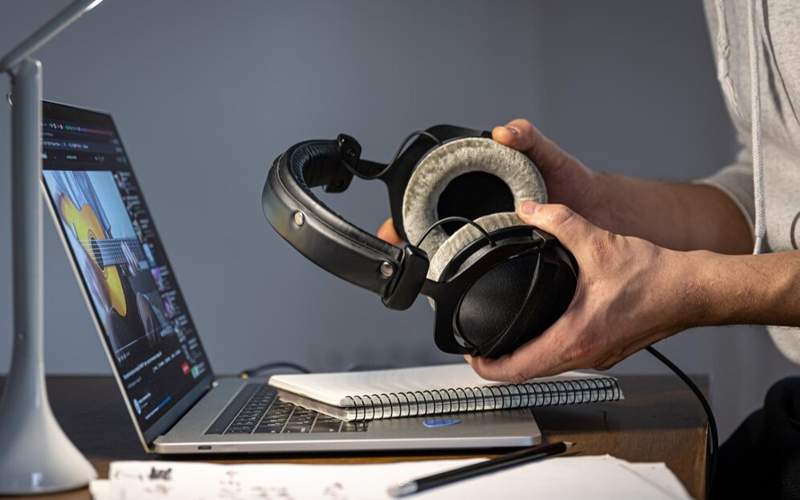Workflow music proven to boost mood and productivity
A recent study published in the journal PLOS One reveals that specially curated music can speed up information processing, Kazinform News Agency correspondent reports.

To explore the impact of music on productivity, researchers conducted an experiment with 196 participants. The participants completed a cognitively demanding test (the Flanker task) while being exposed to one of four different auditory environments:
· Workflow music
· Deep focus music
· Popular music (pop hits)
· Office noise
The aim of the study was to examine how each type of audio environment affects mood and productivity. Participants filled out questionnaires about their psychological state and assessed their mood both before and after the experiment.
Key findings
The results revealed that only workflow music had a significant positive impact on participants' mood, enhancing their overall emotional state. Those who listened to this type of music also demonstrated faster reaction times while maintaining accuracy in their task performance. Interestingly, neither deep focus music, popular tracks, nor office noise produced similarly notable effects.

Explaining the phenomenon
Workflow Music: This music was specifically created by a music therapy app and designed to enhance focus and productivity. The tracks follow strict acoustic guidelines, featuring steady rhythms, moderate dynamics, and simple tonal structures. By avoiding distracting elements such as lyrics or abrupt changes, workflow music creates an “anxious-to-energized” emotional trajectory that helps improve both mood and reaction speed.
Deep Focus Music: Curated from a playlist on a popular streaming platform, deep focus music is minimalist in nature. It features slower tempos and subdued rhythms, aiming to provide a calm, neutral background for extended focus. However, the study found that its lack of energy made it less effective in enhancing mood or performance.
Popular Music: Selected from a “Hot 100” playlist, popular music includes dynamic and engaging elements such as vocals and diverse melodies. While entertaining, its variability in rhythm and tempo, along with lyrical content, made it more distracting, reducing its effectiveness for concentration.
Office Noise: Simulated office noise served as a baseline condition, representing the typical sounds of a working environment (typing, conversations, etc.). While realistic, it neither improved mood nor enhanced productivity, underscoring the potential of carefully curated auditory environments.
The study’s authors emphasize that using specially designed music could be an effective tool for enhancing productivity in work environments. This is particularly beneficial for individuals experiencing stress or high anxiety, as the positive effects persisted regardless of participants' baseline psychological state.
Earlier, Kazinform News Agency reported that above 1,500 unique Kazakh musical compositions were added to over 100 music streaming services.
